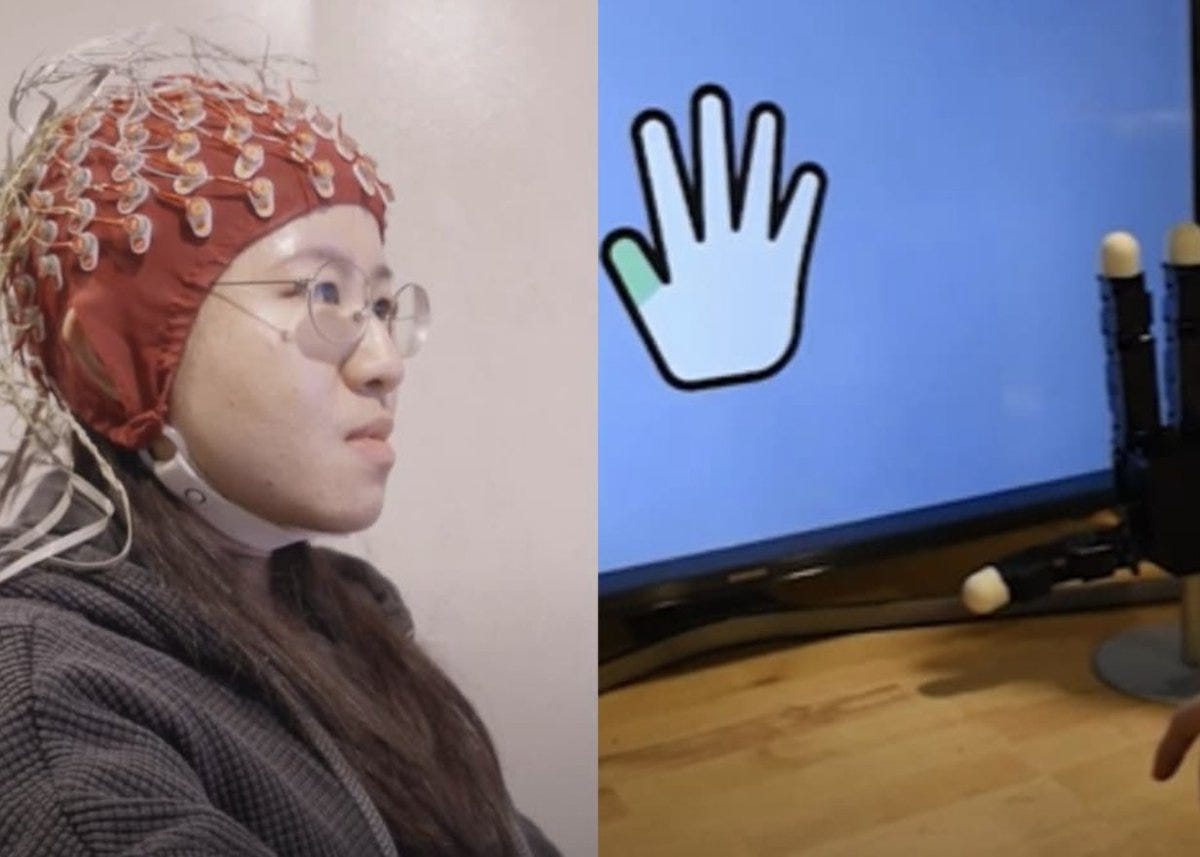🚨🤖 Robotics Weekly Digest (July 2, 2025)
From on-device AI breakthroughs to humanoids rolling dice and washing dishes, this week brought a flood of innovation across the robotics world. Let’s dive in 👇
Google unveiled a powerful new entrant to the on-device AI space with the release of Gemini Robotics VLA. This locally running model enables robots to perform complex two-handed tasks entirely offline, while also learning new skills from just a few dozen demonstrations. X (formerly Twitter)
Apptronik has launched a new subsidiary, Elevate Robotics, focused on scaling heavy-duty industrial automation. While no hardware has been announced yet, Elevate is reportedly building “superhuman” robotic systems designed to operate beyond the limitations of human form factors. X (formerly Twitter)
Researchers at Berkeley AI introduced LeVERB, the first latent whole-body humanoid VLA trained purely on simulated data. The model achieved an impressive 80% zero-shot success rate on simple navigation tasks and 58.5% across all tasks—outperforming baseline hierarchical implementations by 7.8x. LeVERB
Chinese startup Galbot raised $153M this week, bringing its total to $335M in just two years. The company is building general-purpose AI robots for a wide range of sectors—from household and healthcare to retail and manufacturing. The Robot Report
Beijing-based ROKAE Robotics debuted two humanoid robot models focused on bridging the “last mile” in unmanned factories. Designed for practical, task-specific functions such as box handling and device assembly, these robots are built to operate in real-world industrial settings. X (formerly Twitter)
MIT researchers announced a breakthrough in robotic perception with a radar system that reconstructs hidden or occluded objects with 96% accuracy. The system could dramatically improve robotic navigation and object detection in cluttered or visually obstructed environments.
NEURA Robotics unveiled the third generation of its 4NE1 humanoid at Automatica 2025 in Munich. With advanced full-body sensing and adaptive control, the Gen3 model can navigate unstructured environments, interpret complex tasks, and dynamically adjust to real-time changes in its surroundings.
RobotEra introduced its Q5 model—a highly articulated humanoid service robot with 44 degrees of freedom and an integrated conversational AI. The company claims it will set a new bar in responsive, human-centric robotics for customer-facing environments.
A non-invasive brain-computer interface has enabled a robotic hand to move based purely on thought—with no surgery required. The breakthrough could pave the way for more accessible neuro-controlled prosthetics and assistive robotics.
China’s AlphaBot 2 showcased advanced embodied AI capabilities, learning from demonstrations to perform everyday tasks. From rolling dice to serving tea and washing dishes, AlphaBot 2 continues the trend of increasingly useful and intuitive humanoid systems.
With AI brains getting smaller (but smarter) and bodies more capable than ever, it’s clear that general-purpose robotics isn’t a far-off future—it’s arriving fast, from both startups and research labs alike. Follow us @openmind_agi on X and subscribe below for more weekly updates as machines keep leveling up.





